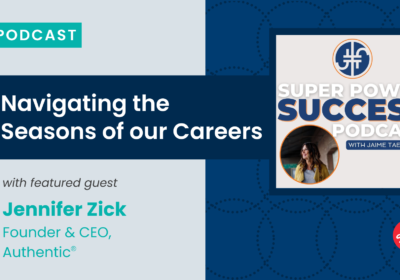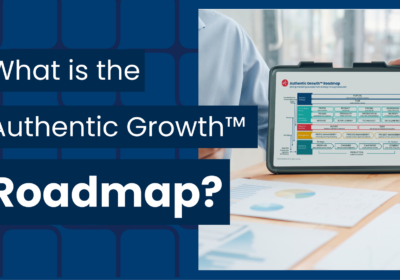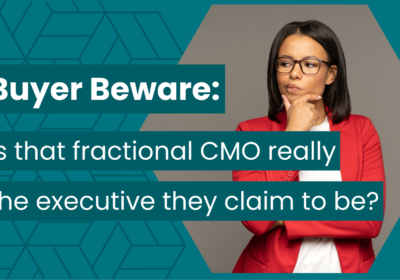
How will major growth affect your brand messaging? When you started your journey, messaging was simple and solution-focused. But, when investors, stakeholders, and acquirers get thrown into the mix, it adds a whole new layer of complexity to your brand narrative.
In this post, we’ll look at three more “moments” of change in your brand’s narrative. These include:
- When you need to raise funds to achieve your business goals.
- When a merger or acquisition has the potential of threatening your brand consistency.
- When you’re ready to exit your business and want to attract the right acquirer.
As your business branches out to new investor audiences, how can it keep its messaging relevant and on point? Let’s find out.

1. Building a Compelling Message for Fundraising
Potential customers aren’t the only audience that matters when it comes to brand storytelling and messaging strategy. Many growth-focused businesses will eventually look for external funding to help propel the brand to market and support investment in talent, product or service innovation.
When it comes time to raise funds, whether through banking relationships, friends and family, or venture capital funds, your story matters as much as your numbers. Here’s why: neuroscience confirms that all people, even very educated, analytical, experienced investors, ultimately make decisions based on emotion, rationalized by logic.
This recent article published by Customer Think and authored by Michael Harris (author of Insight Selling), explains that 95% of purchase decisions take place unconsciously, but that “our conscious mind will always make up reasons to justify our unconscious decisions. It does this to maintain the illusion that our conscious mind is in charge.”
If it’s true that business buyers lean heavily on emotion for purchase decision-making, the same can be assumed of business investors. Compare any two businesses with similar financials and projections: the best story will win.
Before you kick off your fundraising round, take the time to review your story through the lens of the investor persona. Understand both their logical and emotional triggers, and make sure you have a “So What” message that is customized to appeal to this audience.
Your fundraising process is designed to fuel growth in your business. And with growth comes inevitable change. Your story will need to evolve along with your business, so watch for other milestone moments that may spark a need to refine your messaging.

2. Telling a New Merger or Acquisition Story
One of the biggest changes a business can experience is the integration of cultures, products, services, systems, and talent brought about by a merger or acquisition. I’ve been part of a company that thrived through these growth-driven disruptions, and I’ve also experienced the utter chaos of acquisitions done poorly, resulting in cultural confusion and the mass exodus of talent. As the marketing leader at the center of the former, I can attest that communication, both internally and externally, is one of the (if not THE) most important determining factors for successful mergers and acquisitions.
In the ideal scenario, as the merger and acquisition deal moves toward a close, the mutual leaders are actively crafting messaging, not just for PR and media gains, but to proactively and authentically align internal and external audiences on what the change will mean for them, and on what timeline. This is a unique kind of “So What” message and very important to securing stakeholder trust at what can feel like an unsettling time.
In 2009, Simon Sinek introduced the concept of The Golden Circle, a tool we now commonly use in client messaging workshops to help teams articulate the What, How, and Why of their brand. Originally introduced through his 2009 TED Talk, “Start With Why”, Simon’s premise is simple and based on the tenants of biology and neuroscience: “People don’t buy what you do, they buy why you do it.”
It’s easy to understand and explain how a merger or acquisition affects a brand’s “What” – its products or services. It takes a bit more nuance to express how the deal affects the brand’s “How” – its unique differentiation/delivery mechanisms. In the case of mergers where each brand retains strong influence, it can be especially challenging to express the impact on the combined brand’s “Why” – its purpose for existing.
The most successful merger and acquisition deals are done when two businesses, and their leaders, align and agree on how they will mutually and authentically message the What, How, and Why of the combined entity. Clarity at the messaging core helps build trust and credibility internally, which translates into confidence externally, all of which is required to retain and grow a strong talent and customer base.
3. Selling Your Business: Messaging That Attracts Buyers and Stages Your Business for Acquisition
Every decision you’ve made about your business, brand, and strategy has led you to this pivotal point in time: preparing to sell your company. If your exit strategy relies on selling to an outside party, this is a critical storytelling moment for your business.
Start by thinking about what success means as you sell: for yourself, and for your employees and partners. What kind of acquirer will you need to attract and secure to create that success? What matters most to that potential buyer? Most likely, your future buyer will be assessing several potential acquisitions. Your business needs to stand out from the crowd.
You already know that a savvy business acquirer will scrutinize your financial statements, customer portfolio, operating process, talent, and overall infrastructure. But don’t overlook the value of your brand story in the acquisition decision process.
Here’s why: Neuroscience confirms that all people, even the most analytical and logical, ultimately make decisions based on emotion, rationalized by logic. This is what we saw in the Customer Think article I mentioned previously.
Story, not data, plays the leading role in buyer decision making, even in the case of corporate acquisitions. Begin by making sure your story differentiates you from other would-be acquisition targets, and then back it up with all the data and analytical reporting to support the decision.
There Are a Lot of Moments in Your Messaging Journey, Are You Ready for Them All?
Brand messaging isn’t a one-and-done exercise. It’s a journey full of twists and turns. By keeping your eyes firmly fixed on what’s coming next, you’ll be able to continue adapting your brand messaging to fit your needs.
Over this three-part (four-article) series, I’ve tried to give you an in-depth look at brand messaging. But, you may still have questions. To provide you with the best answers possible, we’d like to schedule a call. Contact us and we’ll discuss how Authentic can help you create, assess, or adapt your brand messaging.

- Loot Rentals: Client Story - April 15, 2024
- Integrated Cash Logistics: Client Story - April 1, 2024
- Minneapolis/St. Paul Business Journal Names Authentic Founder & CEO Jennifer Zick a 2024 Women In Business Honoree - March 22, 2024



